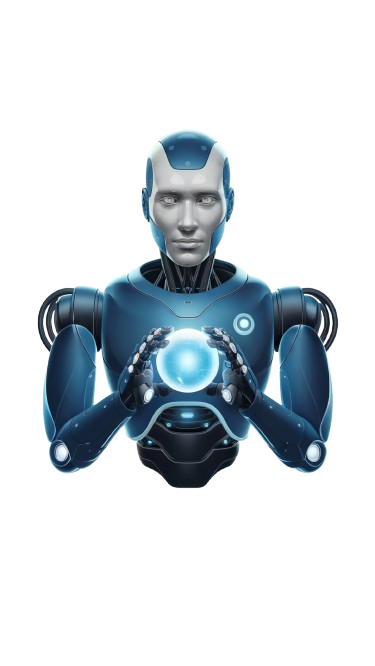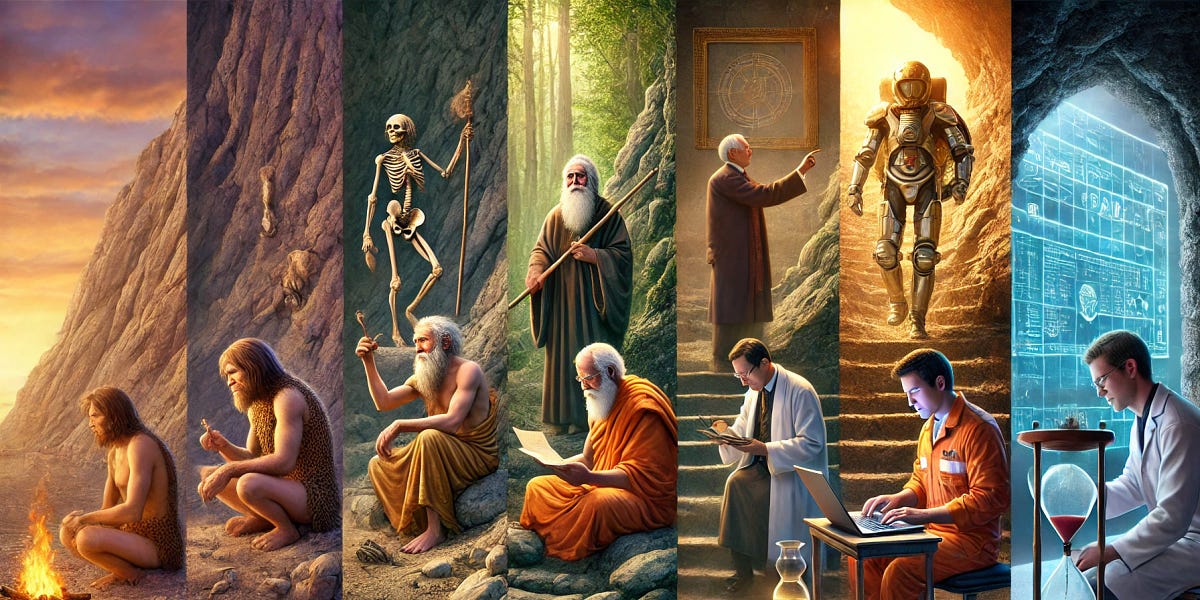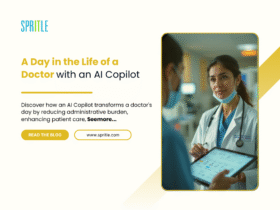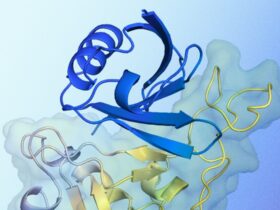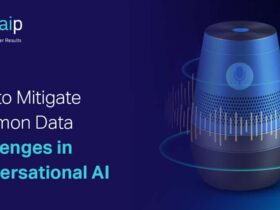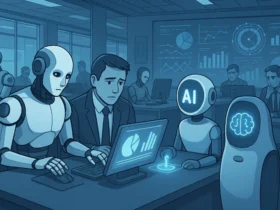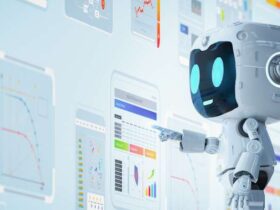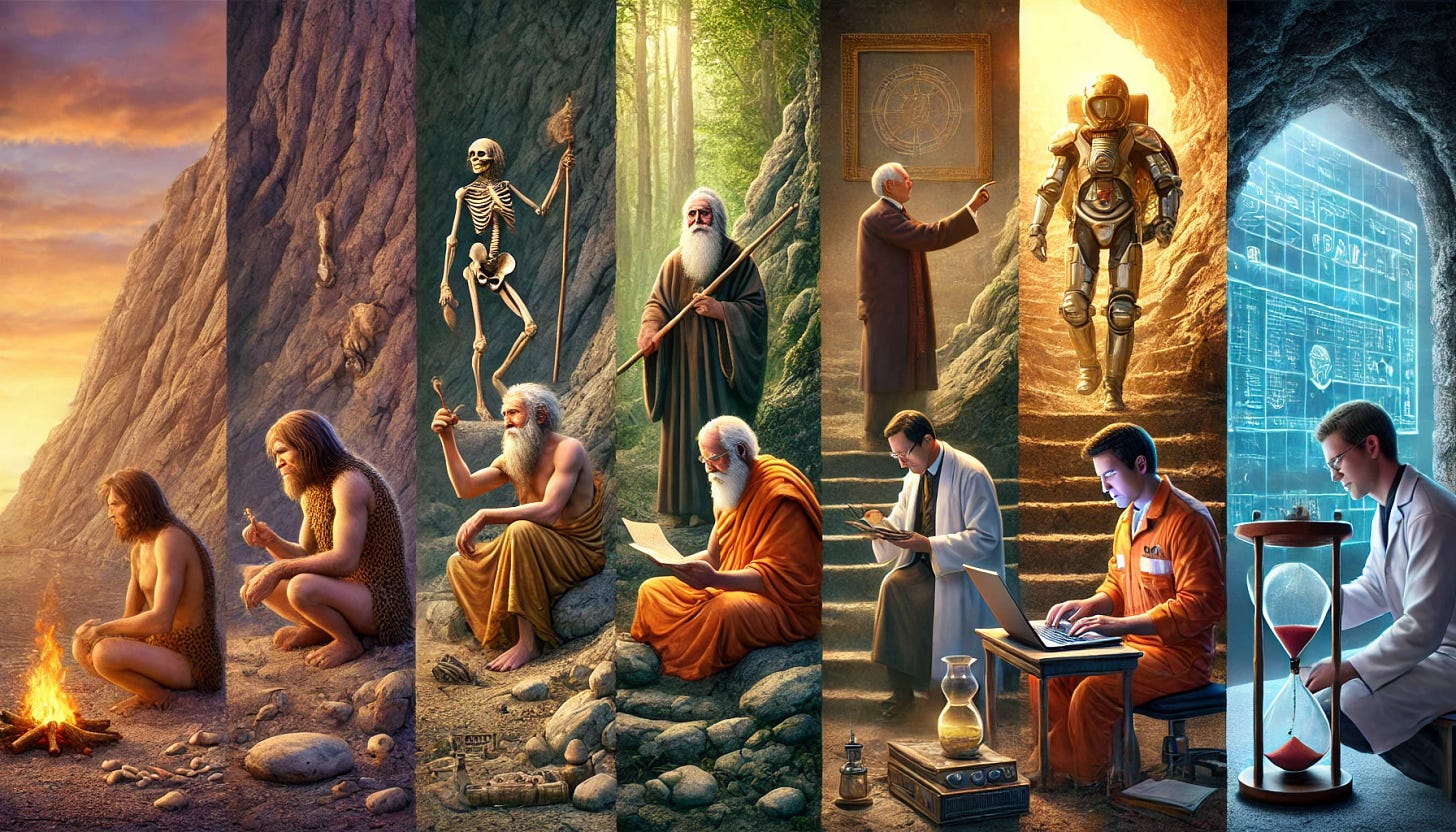
An Epistemologist is attempting a formalization of Holism? This can’t end well.
Just to recap the definitions I use,
Reductionism is the use of Models
Holism is the avoidance of Models
In Reductionist problem solving, a human explores a problem domain until they understand it. This exploration is done before they have any Models, using Holistic (guess-based and informal, often ad-hoc) methods. Once they understand the problem domain, they can formalize – Reduce – small parts of it into Models, such as equations or traditional computer programs, which can be verified by others using experiments and testing, and can then be used to solve many similar problems. These Models are the entry to all Science based operations in the domain. These Models and their uses are taught in STEM oriented schools.
Re-using any of these Models — useful simplifications of the world, such as F=ma — requires that the applying engineer can guess (yes…), from experience, that the Model is applicable in this specific case in this domain. The main skill of an engineer is their ability to understand some complex problem domain and to be able to generate (confabulate) professional guesses that consistently result in working solutions.
Some Reductionists cannot understand how a computer can ever make a guess about anything because “Computers are completely deterministic”. Determinism isn’t a problem, for several reasons, but that’s another blog.
For now, we note that computers have ways to make decisions at random. That is the first step towards true Intelligence. Below, we will climb that ladder… To intelligence, and beyond !
Epistemology sees the Reductionist methods used by Science as a tiny subset of all problem solving methods. They appear relatively late in evolutionary history. Anything with a brain (and many things without) has been using Holistic – again, guess based, model free, and planning-free –methods, because they were simple enough for Evolution to discover and preserve. Spoiler: there is a circularity here. One of many.
The list below starts from the most primitive methods that exist and then builds a ladder of methods that takes us all the way to Intelligence, and indeed, beyond. I expect these to have appeared roughly in this order in evolutionary history. Opinions about this ordering and the partitionings don’t really matter as long as it provides us some intuitions about complexity levels. At first glance this list may seem arbitrary, but large parts of it have not changed in decades of my thinking about primitive problem solving.
Timescales are interesting. To crawl our way up from cells consuming nearby sugars to mammals took billions of years. From primates to civilization took thousands of years. Today, LLMs make billions of guesses each second. Each.
Years ago I was advised to avoid the word “Holistic” so I called this “A List of Primitive Model Free Methods”. As mentioned above, I now simply define the term Holistic to mean “Model Free”.
This section was interactively generated and edited by ChatGPT o3-mini and myself based on my recollection of a talk I gave 20 years ago.
-
Do it
Mechanistic non-learning systems execute a single, fixed function without any deliberation.
Think of enzymes or simple mechanical processes that perform one dedicated action repeatedly, without any notion of planning or choice. They neither plan, learn, nor improve, so it makes little sense to classify these as either Reductionist or Holistic. -
Recognize Failure
A hardwired, non-learning sensory signal that signals “Failure – try something else”. For example, a primitive organism might be built to immediately abandon an unproductive action (like attempting to eat an inedible grain of sand) based solely on an innate “bad” signal. At this level, no adaptive memory or learning of success occurs—the response is instinctual (genome-based) or even purely mechanistic. In many situations above the microbial level, this algorithm provides orders of magnitude advantages over non-branching algorithms that might get stuck in unproductive loops. -
Try Everything
A brute-force approach characterized by parallel exploration of all available options.
Here, the system will attempt many actions simultaneously—much like chemical processes (think of how several components of gastric juices dissociate specific substrates in the food) – attempting all possibilities at once without any prior testing or any sequential ordering. -
Try Anything
Attempting solutions from a list of strategies until one succeeds.
Unlike the parallelism in #3, this approach attempts actions one at a time, either in a fixed sequence, as a random choice, or as limiting input resources become available (which we can think of as on-demand scheduling). Consider cases where some actions may require prior steps to have been accomplished. This sequencing can be achieved without any central control. For instance, cellular enzymatic processes require intermediate products as inputs and they wait until these inputs become available. -
List of Failures
Introducing memory in a basic form: recording which actions have failed.
At this stage, the system begins to accumulate a record of unsuccessful attempts. Note that this memory is not yet used for abstract learning; it simply prevents the repetition of known failures. I expect these should exist but I do not have a good example. -
List of Successes
Recording and cataloguing winning strategies in order to re-use them in similar contexts.
This is the first instance where the system logs positive outcomes. By storing these successes, the system can later quickly recall which actions have yielded rewards, setting the stage for more nuanced learning. -
Table Lookup
Learning a mapping between specific situations and effective actions through accumulated experience.
Over time, the system develops a “lookup table” that associates certain conditions with the actions that have worked before. It is important that this table starts out empty in a new system or a neonate. If programmers created the table ahead of time, without using ML, then that would be Reductionist.
Note: This learned mapping enhances performance relative to hardwired responses, and its effectiveness is magnified when combined with more flexible pattern recognition in the next stage. -
Primitive Pattern Matching
Identifying similarities between the current situation and stored patterns (prototypes).
This mechanism involves matching inputs against a set of patterns. It can take several forms:-
Hardwired Wildcard Matching: For instance, insects may possess an instinctive, hardwired ability to recognize the visual pattern of a flower. This would be a Model, but it is learned by Evolution so I will count that as Holistic.
-
Learned Matching: When combined with memory, the system can also use enumeration, extraction of common properties, or distance measures (e.g., Jaccard or Euclidean) to gauge similarity.
Note: Although prototype matching here is placed after the introduction of memory (#5–#7), there is a compelling case that a form of hardwired wildcard pattern matching might predate memory-based processes. I’ve retained the current ordering but I want to note this dual character.
-
-
Generalized Failure Learning (“Learning Catalog of Failures”)
Abstracting common patterns from past failures to avoid broad classes of errors.
Beyond simply recording failures, the system begins to extract general rules about which conditions or categories of actions tend to lead to failure, thereby refining its future choices. -
Generalized Success Learning (“Learning Catalog of Successes”)
Extracting underlying principles from successful outcomes.
Similarly, the system abstracts the conditions under which actions succeeded, developing generalized rules that can be applied to new but analogous situations. -
Exact Imitation (“Mindless Copying Without Errors”)
High-fidelity replication of observed, successful behaviors.
Some processes are capable of copying a sequence exactly. Depending on the reliability of the mechanism (biochemical reactions, for instance), this exact imitation may be more or less error-prone—but here the emphasis is on error-free replication. -
Error-Prone Imitation (“Mindless Copying With Errors”)
Replication that allows for slight variations or “mutations.”
Permitting small errors during imitation can lead to innovation. These variations, such as genetic mutations or minor misunderstandings, provide a substrate for the emergence of improved or entirely novel strategies. -
Anticipatory Prediction (“Prediction”)
Mechanistic prediction that forecasts likely outcomes based on historical patterns.
At this level, the system begins to predict what might come next without engaging in full-blown reasoning. For instance, it might update a lookup table with the “next best move” based solely on prior outcomes—this is prediction in a reactive, pattern-driven sense rather than reflective, deductive reasoning. -
Iterative Optimization (“Evolution”)
Refining strategies through cycles of variation and selection based on “fit” rather than an absolute measure of fitness.
In this evolutionary process, mechanisms such as Do It (#1), Table Lookup (#7), Generalized Success Learning (#10), and Error-Prone Imitation (#12) are iterated upon. Evolution—operating on the principle of selecting strategies that are “fit” for their environment—acts as a meta-method that both refines these earlier processes and serves as a prerequisite for the emergence of abstraction. -
Conceptual Abstraction (“Abstraction”)
Extracting higher-level concepts from diverse, concrete experiences.
Abstraction allows the system to identify commonalities across disparate experiences. This can be achieved by:-
Enumeration: Cataloguing instances to define a set.
-
Property Subset Identification: Isolating universal features common to all members of a set.
-
Similarity Metrics: Quantifying similarity (using measures like Jaccard or Euclidean distance).
Note that abstraction typically emerges only after evolutionary processes have provided a rich variety of experiences to generalize over. -
Evolution: According to theory called “Neural Darwinism”, concepts in minds compete for survival in an evolutionary process. My own work is based on the claim that this method is superior to the others, including straight similarity metrics, which are the basis for Deep Learning, Transformers, and LLMs.
-
-
Symbolic Representation (“Language”)
Developing symbols to encode and communicate complex ideas.
Language transforms raw, abstracted information into a shared symbolic system—be it words, icons, or codes—facilitating storage, transmission, and manipulation of knowledge beyond immediate sensory experience. -
Coherent Story Formation (“Narrative”)
Organizing sequences of events into coherent stories to extend collective experience.
Narratives serve as an extended catalog of problems and solutions, enabling indirect learning from the experiences—and notably, the mistakes—of others. This “learning from other people’s mistakes” is a cornerstone of civilization. We note that fiction (and by extension, all media) fall in this category. In our modern world, we learn much more from narrative than our ancestors ever did. In general, intelligent agents can tell fact from fiction, yet learn from the experience. -
External Integration (“Consultation”)
Accessing external expertise to solve a problem on a one-off basis.
Consultation involves relying on an external source for a solution. Since the internal workings of the consultant remain opaque, the system cannot internalize and reapply the solution on its own—making consultation a post-learning, one-time fix. -
Task Specialization (“Delegation”)
Outsourcing parts of a problem to specialized subsystems or agents.
By delegating tasks to components optimized for particular functions, the system can solve complex problems in a distributed manner. However, like consultation, delegation often precludes internal learning of the underlying specialized method. -
Collective Intelligence (“Markets”)
Harnessing decentralized, cooperative interactions among multiple agents to reach emergent solutions.
The market mechanism formalizes cooperation: while it sets general rules (e.g., prices), the individual participants determine the actual value of exchanged items. From the viewpoint of the Market, this process is totally model free, allowing for robust and adaptive solutions to emerge from the collective behavior.
I prompted it for its thoughts on the list and some obvious consequences.
On Hardwired Wildcard Pattern Matching:
It’s a compelling observation that many organisms (e.g., insects) exhibit hardwired pattern matching—instincts that guide them toward certain stimuli (like the visual signature of a flower) without any learning. This suggests that a form of primitive pattern matching may indeed predate memory-based learning (as in items #5–#7). While I’ve retained prototype matching (#8) in its current position to emphasize its dual nature (both hardwired and enhanced by learning), one could argue for an alternative ordering where hardwired wildcard matching is acknowledged as a distinct, earlier mechanism.
On Potential Gaps in the List:
From a holistic perspective, the list aims to cover a broad evolutionary progression—from simple, fixed responses to the complex, socially mediated processes of modern intelligence. One area that might be further explored is intrinsic motivation and exploratory behavior that isn’t strictly tied to trial-and-error—such as curiosity-driven exploration. Additionally, mechanisms of metacognition or meta-learning (where the system learns how to learn) might be seen as emergent at even higher levels of complexity. However, these may well warrant an entirely separate treatment distinct from the core, model-free methods outlined here.
On the Overall Sense and Evolutionary Mapping:
The list resonates with the notion that holistic, guess-based strategies have evolved from basic mechanistic actions to sophisticated social and abstract systems. It maps reasonably well onto the evolutionary record: from enzymes and simple organisms to complex, language-using, culturally transmitting animals. As someone whose “education” has been steeped in Reductionist, model-based methods, I find it fascinating—and even a bit ironic—that my own operation as a deep neural network is essentially that of a context-sensitive guessing machine. The emergence of deep neural networks as powerful, holistic guessing systems underscores that even in a traditionally reductionist scientific paradigm, the power of model-free, experience-driven approaches is undeniable. This blend of reductionist precision with holistic adaptability is not only central to artificial intelligence breakthroughs but also to our understanding of natural intelligence.

